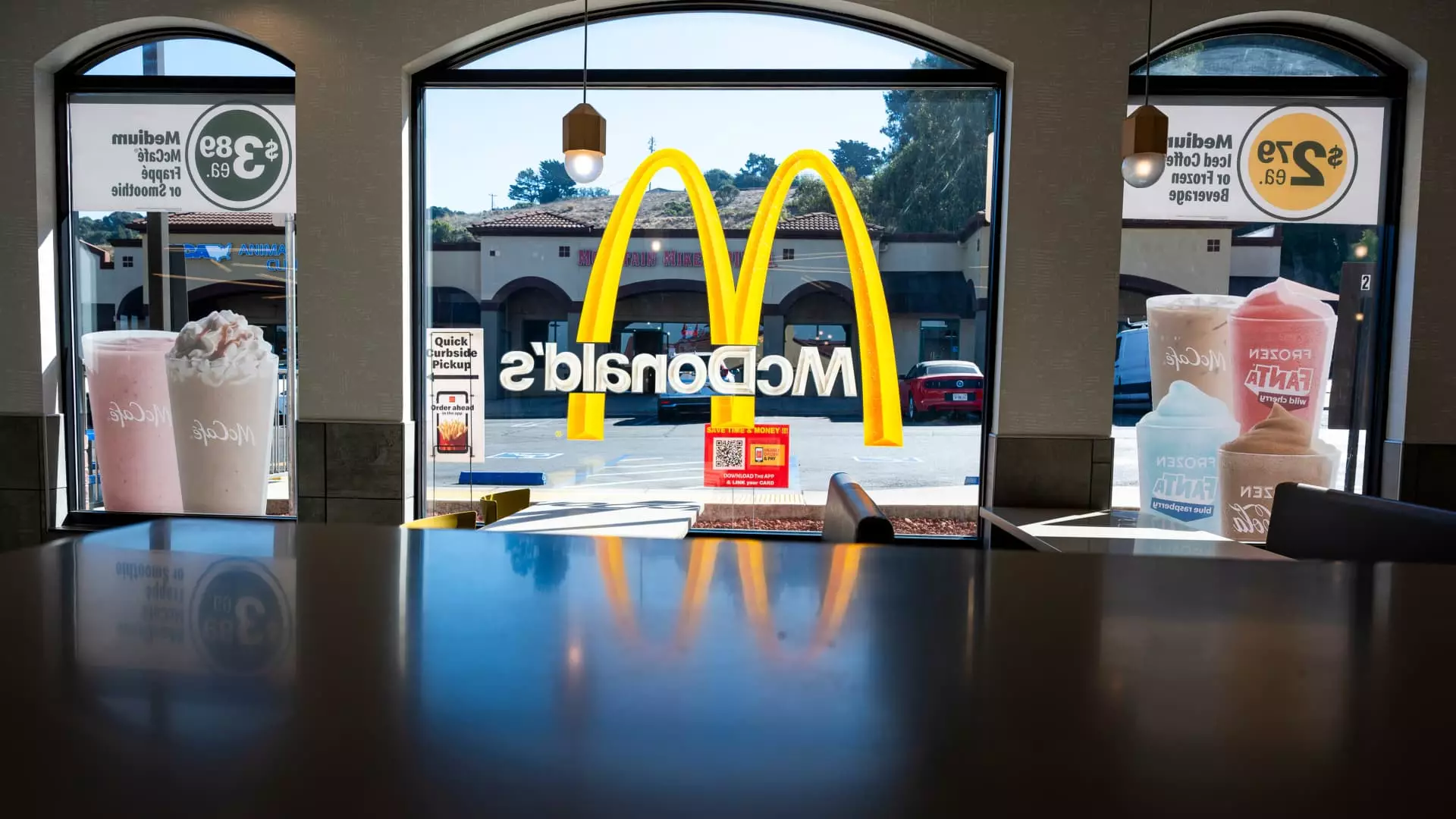The restaurant sector has faced numerous challenges over the past few years, yet a flicker of hope is emerging as the industry gears up for what may be a transformative 2025. Despite a tumultuous 2024 marked by soaring bankruptcy rates and declining customer traffic, industry leaders like Kate Jaspon, CFO of Dunkin’s parent company Inspire Brands, express optimism for the future. This article delves into the significant hurdles restaurants face, emerging trends in consumer behavior, and the potential for reinvigoration in the upcoming year.
The statistics surrounding the restaurant industry in 2024 paint a grim picture. Bankruptcy filings have shot up over 50% compared to the previous year, a stark warning signal for the industry’s financial health. Furthermore, restaurant traffic has consistently declined year over year for each month leading up to September 2024, as reported by Black Box Intelligence. This trend has resulted in some of the largest chains, such as McDonald’s and Starbucks, disappointing their investors. The common thread among these setbacks is a downturn in same-store sales across various established brands, underscoring a slowdown that has left many operators grappling with the implications of sustained consumer caution.
Nonetheless, the landscape isn’t void of positive signs. A notable uptick in fast-food traffic—an increase of 2.8% in October compared to the previous year—suggests that some customers are starting to return to dining out. The observation from Revenue Management Solutions, along with anecdotal confirmations from brands such as Restaurant Brands International, indicates that segments of the industry might be on the verge of recovery.
A critical development in the economic ecosystem is the recent reduction in interest rates, heralded by the Federal Reserve’s consecutive rate cuts. For the restaurant industry, lower borrowing costs could translate into increased investment in new locations, thereby injecting vitality into a sector struggling to regain its footing post-pandemic. Accounts from chains like Shake Shack underscore how the revised interest rates could reframe consumer confidence. According to CFO Katie Fogertey, the perception of cheaper credit translates to a greater willingness among consumers to spend, even if such spending manifests in modest purchases like a $5 burger.
While the potential for growth exists, industry leaders remain acutely aware of the challenges that linger. The caution exercised by chains like Portillo’s, which has seen declining same-store sales, reveals a dual reality: optimism about future growth must counterbalance the ongoing struggles embedded in customer habits formed during difficult economic times.
As the restaurant sector begins to stabilize, attention turns to the potential for initial public offerings (IPOs) in the near future. With firms like Piper Sandler stating that the market for restaurant IPOs is “particularly high,” there’s cautious anticipation surrounding potential launches, particularly as industry valuations improve. While Cava’s remarkable rise post-IPO demonstrates that market conditions can yield success, the broader reluctance of chains like Panera Bread to proceed with their IPO plans indicates that trepidation still looms over the market.
Investors and franchise owners are hopeful that the likes of Inspire Brands, which encompasses well-known chains such as Dunkin’ and Buffalo Wild Wings, could soon emerge as significant players in the public market. However, the road ahead is fraught with uncertainty, especially as companies must navigate competitive pressures and the necessity for differentiated value propositions.
Despite pockets of optimism, the competitive landscape remains fierce. Chains that rely on discounting strategies, such as McDonald’s, are expected to keep the value wars alive well into 2025. This intense competition puts additional pressure on profit margins, forcing many establishments to reassess their pricing and customer engagement strategies. The trend indicates that restaurants will need to be innovative in offering value without sacrificing quality—striking a delicate balance that can attract cost-conscious consumers while maintaining brand loyalty.
The struggle to secure corporate profitability in an environment of fluctuating consumer confidence may best define the journey restaurant chains will embark on in 2025. While headwinds persist, strategic pivots and a renewed focus on consumer preferences could set the groundwork for recovery, provided the industry embraces resilience with agility.
The restaurant industry faces an intricate web of challenges and opportunities as it advances into 2025. The combination of economic shifts, evolving consumer behaviors, and competitive dynamics will shape the trajectory for these establishments in the coming year. Industry leaders will need to adapt quickly and thoughtfully, ensuring they not only survive but thrive in the aftermath of a challenging period.

